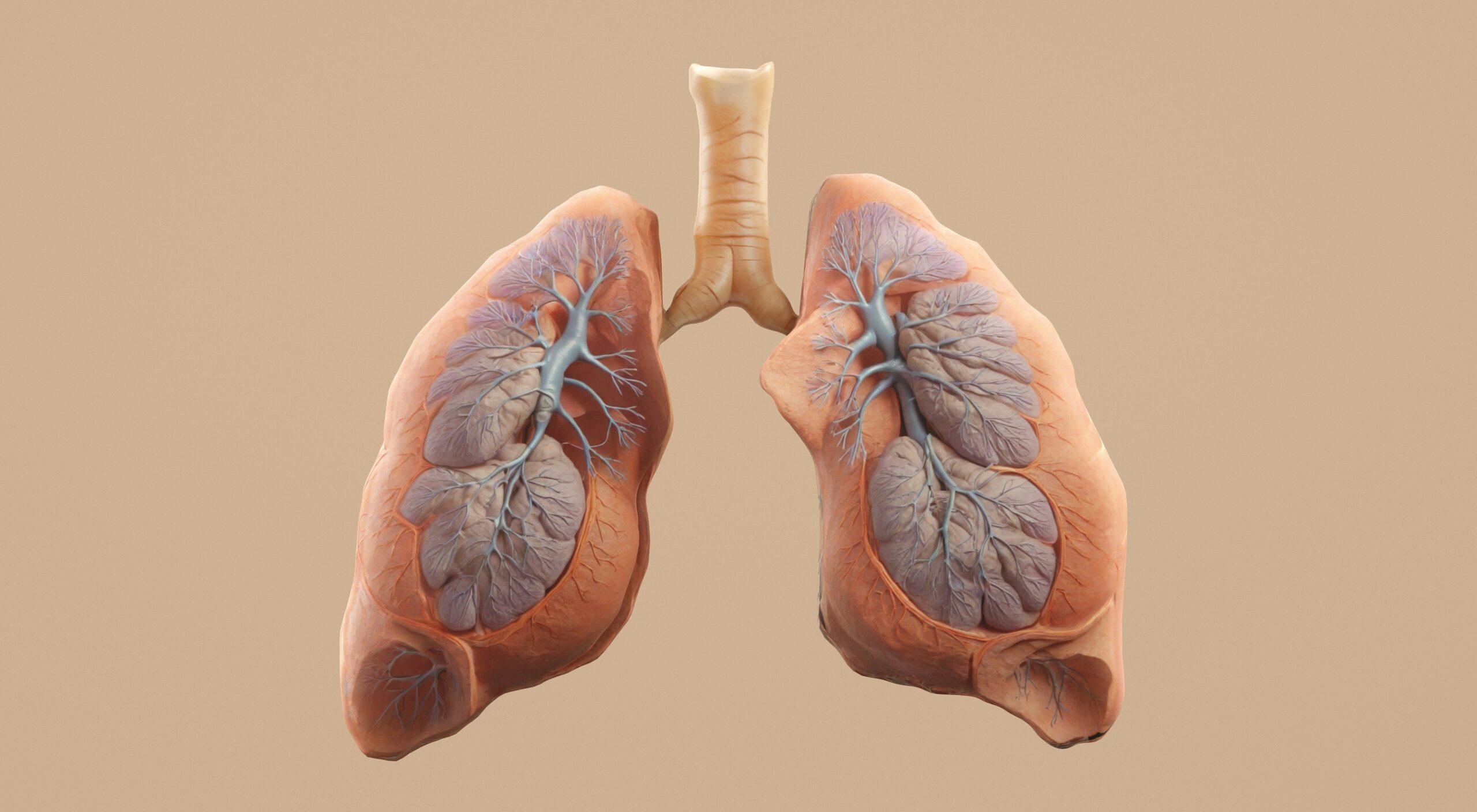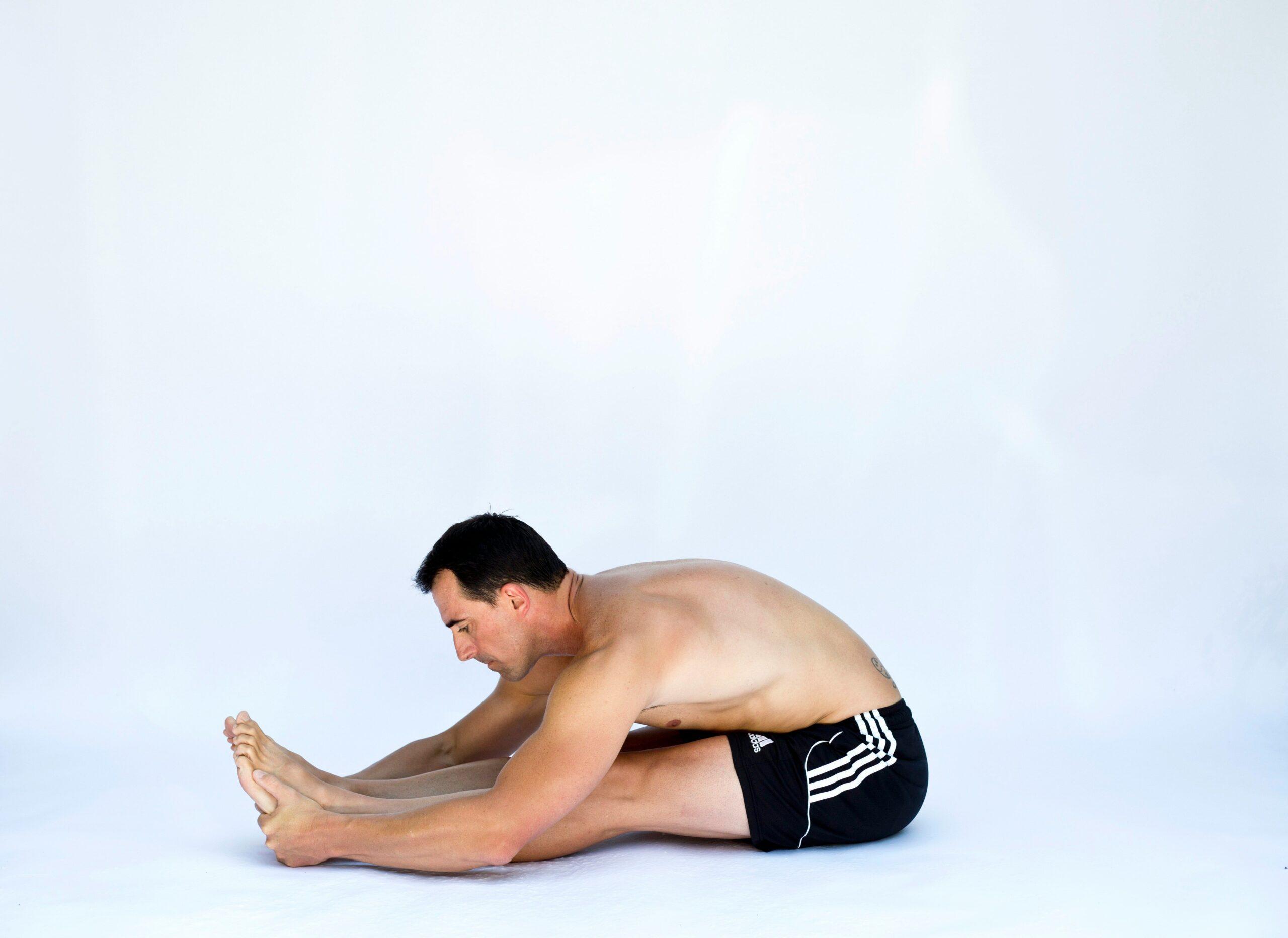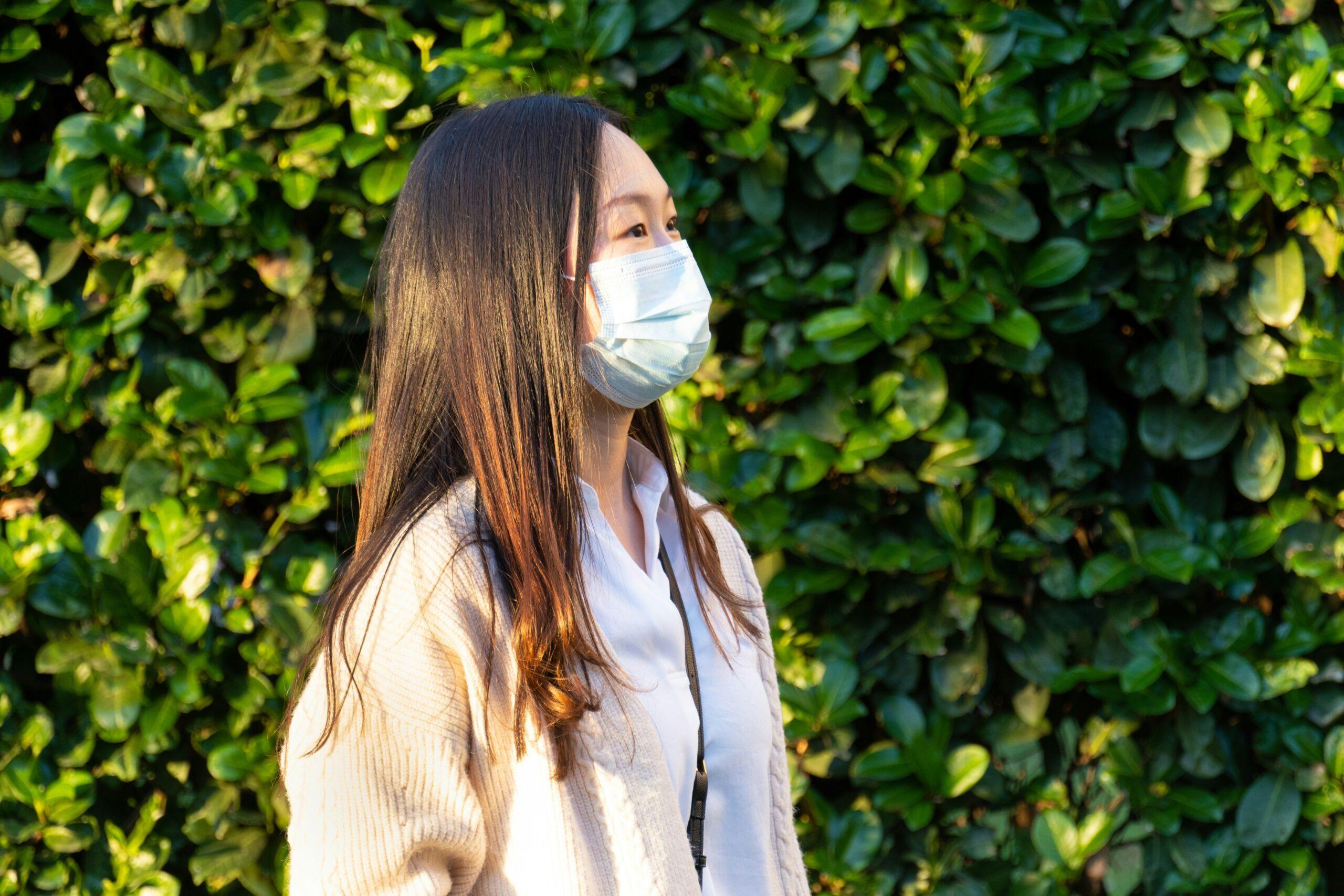Have you ever thought about how the air you breathe could be sabotaging your weight loss goals? It’s wild, right? We spend so much time tracking calories, macros, and steps—but what if the missing piece is as simple (and overlooked) as clean air breathing? Studies show that poor air quality can lead to slower metabolism and hormonal imbalances. In this article, we’ll uncover why clean air matters more than you think and how mastering proper breathing techniques can supercharge your health journey. By the end of this post, you’ll learn actionable tips, debunk common myths, and even discover a bizarre “terrible tip” that made me rage quit my yoga mat.
Table of Contents
- Key Takeaways
- The Hidden Problem of Polluted Air
- Clean Air Breathing Step-by-Step Guide
- Best Practices for Improving Breath Quality
- Real-Life Success Stories
- Frequently Asked Questions
- Conclusion
Key Takeaways
- Clean air breathing boosts oxygen intake, aiding metabolism and stress reduction.
- Poor air quality disrupts hormones and increases cravings, hindering weight loss.
- Breathing exercises improve lung capacity and support overall well-being.
- Investing in an air purifier can enhance indoor environments.
- Avoid these pitfalls: overcomplicating routines or ignoring foundational habits.
The Hidden Problem of Polluted Air
Let’s talk dirty secrets—specifically, dirty air. Did you know the average person spends 90% of their life indoors, where pollutants are often *two to five times higher* than outdoors? Yep, it’s like breathing a cocktail of chemicals every day. This isn’t just gross; it messes with your body’s ability to burn fat efficiently. Remember when I bought one of those trendy detox teas? Spoiler alert: IT DID NOTHING. What actually helped was addressing my environment—and upgrading my breathing patterns.

Optimist You: “Deep breaths are magical!”
Grumpy Me: “Says who? Until I tested this out myself, I thought it was woo-woo nonsense.”
Clean Air Breathing Step-by-Step Guide
Step 1: Assess Your Environment
Before focusing on technique, evaluate your space. Are there plants nearby? Do you use natural cleaning products? Start small by opening windows daily to allow fresh airflow.
Step 2: Practice Diaphragmatic Breathing
Diaphragmatic breathing activates your core and ensures maximum oxygen uptake. Here’s how:
- Find a quiet spot and sit comfortably.
- Place one hand on your chest and another on your belly.
- Inhale deeply through your nose, pushing your stomach outward.
- Exhale slowly through pursed lips, pulling your navel toward your spine.

RANT ALERT: Why do people still sell “air fresheners” loaded with toxic fragrances?! They’re literally poisoning our lungs while claiming to make things smell better. If you recognize yourself here, please throw those cans away immediately. Thank me later.
Best Practices for Improving Breath Quality
Tip #1: Use Houseplants Wisely
Houseplants like snake plants and spider plants aren’t just decor—they’re nature’s air purifiers. Keep at least two per room for optimal results.
Tip #2: Invest in Quality Tools
An affordable air purifier with a HEPA filter can work wonders. Bonus points if it has ionization features!
Terrible Tip Disclaimer:
I once tried holding my breath underwater to simulate altitude training (*facepalms*). DON’T DO THIS. Stick to safe, proven methods instead.

Real-Life Success Stories
Meet Sarah, a busy mom from Denver. After noticing persistent fatigue despite regular workouts, she switched her bedroom setup—adding a humidifier and practicing morning breathwork. Three months later, her cortisol levels dropped significantly, and she shed stubborn pounds without changing her diet!
Frequently Asked Questions
Q: How does clean air affect mental clarity?
A: Higher oxygen levels reduce brain fog and increase focus.
Q: Can kids benefit from clean air breathing practices?
A: Absolutely! Teaching children early sets lifelong healthy habits.
Q: Does outdoor activity replace the need for clean air inside?
A: Not entirely—it’s crucial to maintain both spaces for consistent benefits.
Conclusion
To recap, clean air breathing isn’t just some trendy buzzword—it’s essential for unlocking your full weight loss potential and boosting overall health. From assessing your environment to incorporating mindful practices, the steps outlined above promise tangible results. So grab that green tea (not detox tea!) or sip some coffee before diving into these strategies. And remember: Like a Tamagotchi, your health needs daily care. 🐾✨
Haiku Time!
Fresh air whispers soft,
Inhaled deep, exhale clarity—
Wellness blooms within.


